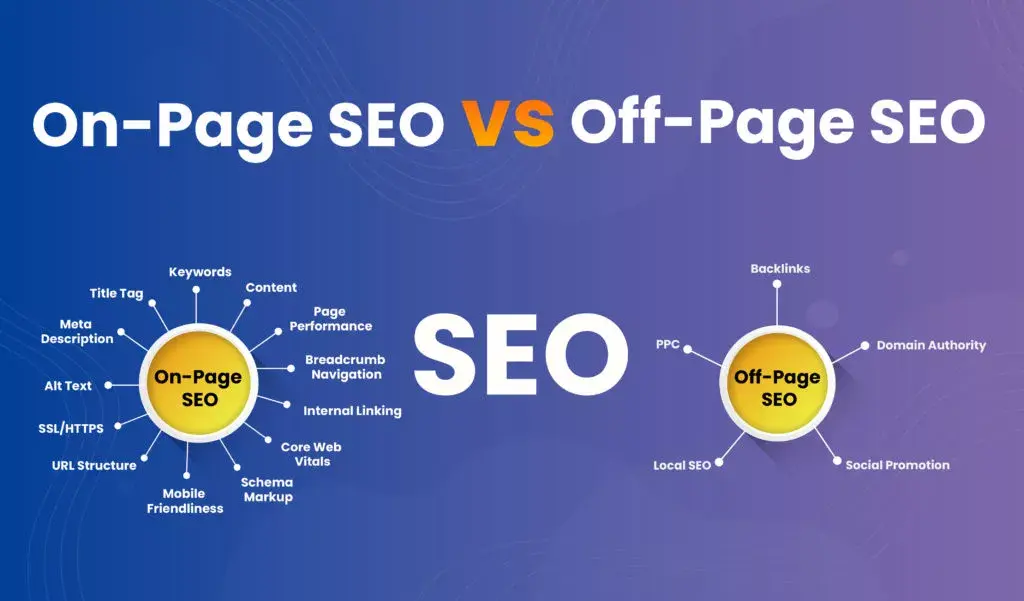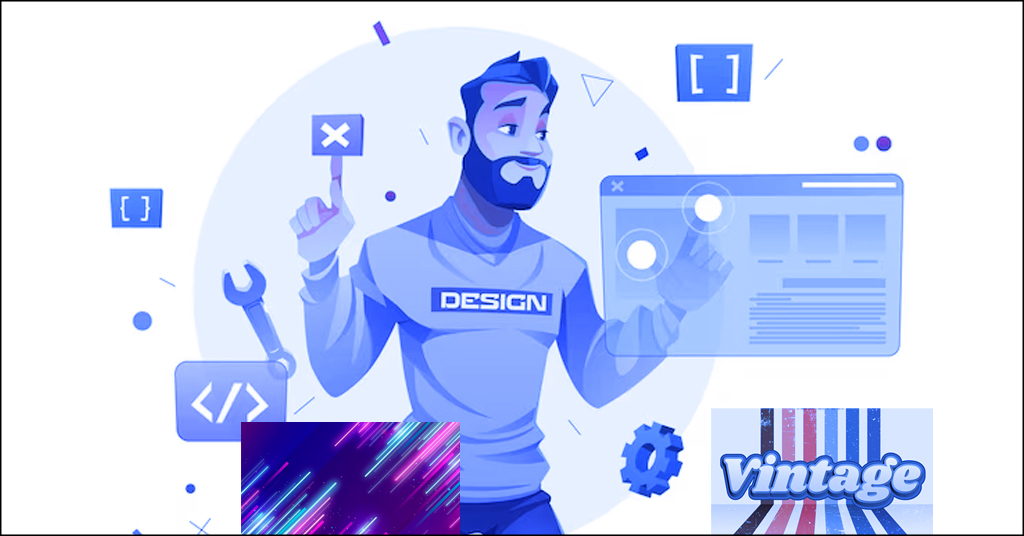Micro-animations: The Subtle Art of Bringing Websites to Life | Web Design Trends of 2024
Table of contents

Goodbye to bombastic banner ads and flashy pop-ups. The future of website animation implies the subtle skill of micro-interactions. Such small movements, such as hovers, little animations when scrolling, and progress bars appear unimportant at first glance but have a considerable impact on user engagement.
Why Micro-animations Matter:
- They speak human: Micro-animations imitate real-world interactions, granting websites a sense of tangibleness and interactional response. When a button springs a little when you hover over it, or a progress bar jiggles as you scroll, it forms an imperceptible intimacy and helps users know that they are interacting with something solid.
- They guide and inform: Gentle animations can emphasize essential elements, gently guide users’ focus, and offer visual feedback on what users do. They are able to lead users through an intricate form, demonstrate product functions, or even indicate that their click is registered.
- They add delight: The right touch of well-placed animations can bring personality and charm into a website making it nicer and more pleasant to surf. Very small movements can produce very small emotions, generating a more upbeat and interactive feel.
- They boost engagement: Research has demonstrated that micro-animations can enhance user interaction and conversion rates. By creating more interactive and visually attractive websites, they encourage users to stop by and browse, click, and interact, and eventually convert to sales.
The Micro-animation Toolbox:
The world of micro-animations is vast and varied, but here are some common techniques that we use as Local Website Design Jacksonville experts:
- Hover effects: Pulsating buttons, wiggling icons, and sparkling text that come alive when you hover over them can add a touch of interactivity and visual interest.
- Scrolling animations: Background, parallax effects, and animated progress bars should be used to make scrolling a more interactive experience.
- Loading animations: Spinners are spinning, changing forms, and progress bars can help eliminate boredom while waiting for a web page to load.
- Form interactions: Marking error fields, offering progress in real-time as users fill out a form without it feeling like a chore, and animating checkboxes can make forms feel less of a burden.
- Transitions: Fluid transitions between pages, elements that come and go with animation and finer variations in color or shadow can make navigation feel more natural and pleasant.
Mastering the Art of Subtlety:
Remembering that less sometimes means more, is the cornerstone of good micro-animations. Overly much movement will be too much and distracting, overwhelming, and defeating the very essence of such subtle cues. Here are some tips for using micro-animations effectively:
- Keep it relevant: The animations should be intentional and associated with the user’s actions. Do not add unnecessary movement just because it is there.
- Maintain clarity: Animations should not cover crucial information or impede usability. Make sure they contribute to the experience but do not interfere with it.
- Use consistent timing: Animations should be natural and intuitive. Stick to a steady tempo and beat to not disconcert the user experience.
- Test and iterate: Micro-animations, like any design elements, need to be tested and perfected. Listen to user feedback and work on your animations so they will be effective and impactful.
Conclusion
In the era of digital noise, micro-animations provide the best solution to make any website create a difference. Fascinating, reactive, and charming experiences that get a hold on the audience’s attention and hearts can only be obtained by the secrecy of movement in the designer’s art. So, when you’re creating a website in the future, remember about the power of a properly positioned micro-animation or just contact Website Design Company Jacksonville FL and we will take care of everything.







